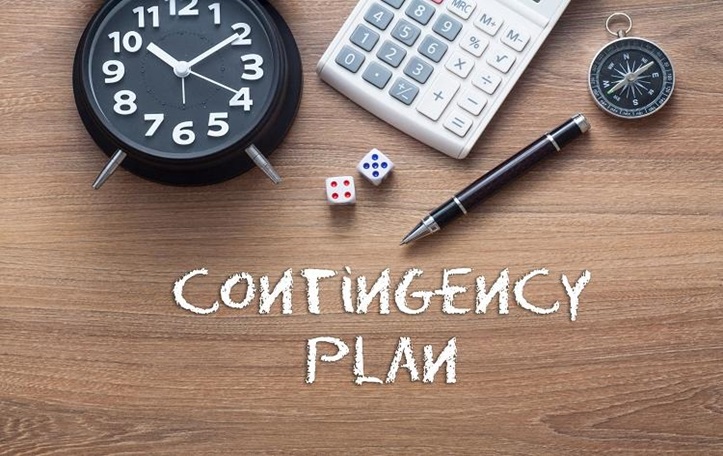Conducting a thorough risk analysis and contingency planning and assessment are two crucial endeavors for quantity surveyors (QS). Their job requires unique management and essential planning skills so they could mindfully and attentively deal with numerous uncertainties and changes in construction projects. Many unwanted elemental hazards, disasters, and unplanned emergencies can come about at any time, and without any prior organization, careful risk assessment, and safeguards in the perfect position, a business can sustain a plethora of damage.
The solution is having a knowledgeable and experienced company by your side that would help you manage risk and plan for contingencies with confidence and skills. Learn about the applications of risk analysis and contingency planning for QS and what benefits there are from hiring a professional external party to manage safety operations.
Risk analysis and contingency plan 101
To get the gist of what exactly risk assessment and contingency plan for QS represents, you ought to understand the nature of the preparedness plan. Risk analysis and contingency planning imply creating a detailed and perfectly working strategy for protecting your business against any external risk or unplanned emergencies, usually natural disasters. The nature of this type of planning is related to identifying any potential risks and later creating a solid response to how the problems are to be solved in case of catastrophic occurrences.
Risk identification and assessment
The very first step to implementing risk analysis is to identify and assess the potential risks that could probably affect your work. For instance, if you are building or reconstructing a house in Brisbane where severe weather emergencies can occur such as flooding from a number of different sources, bushfires, landslides, or earthquakes, you need to consider using various techniques to identify, analyze and assess risk and get tax depreciation report. Upon reconstruction or building a house after such an emergency, the main step is to hire an expert quantity surveyor from Brisbane who would conduct detailed costing reports, feasibility reports, insurance replacement valuation, and anything else necessary to help you get all the tax deductions you are legally entitled to. The sole purpose of QS is to prioritize the pivotal risks, determine their severity and implications for the project, make an assessment, and advise clients on how to get tax deductions and many other things.
The scope of the work
Quantity surveyors’ work entails conducting both external and internal analysis, both positive and negative likelihood of the planning, and creating a contingency plan that involves pinpointing the type of risks that are bound to disrupt your business or company. For that matter, QS may use different techniques to first identify risk and later apply expert methods of assessment and solution. The scope of their work requires identifying risk and that involves using brainstorming techniques, conducting interviews and surveys, checking historical data, etc. In order to assess risk for contingency planning the key is to use qualitative and quantitative methods. Some of the techniques that could be used in this step are to apply the risk matrices step, check the scoring system, inspect the probability distributions, and determine which things need to be prioritized and whether there are any gaps in the assessment method.
Creating a contingency plan
Upon conducting a detailed risk analysis, building a contingency plan for how to approach and deal with the risk is the next step for QS. A contingency plan is a clear set of steady and prior-planned measures that ought to be taken in case a risk materializes or some mishap or change occurs that could affect the project. No element or mishap should be neglected or overseen. To create a contingency plan all triggering signs must be looked after, even those that may/are about to occur. Hence, anything from delay, change request, defect, weather, or life-threatening occurrences such as the pandemic needs to be foreseen. Consequently, conducting risk analysis and contingency planning implies cost estimation, mastering and maintaining planning, identification of numerous funding problems and regulatory limitations, and then using time, money, and material needed to incorporate the right action to create a response and solve the problems.
Prevention, preparedness, analysis, response, and then action and recovery are the must-do phases in risk analysis and contingency planning for QS. Throughout the project lifecycle there is a need to constantly review and monitor the action so having experienced QS by your side is of utmost importance.











